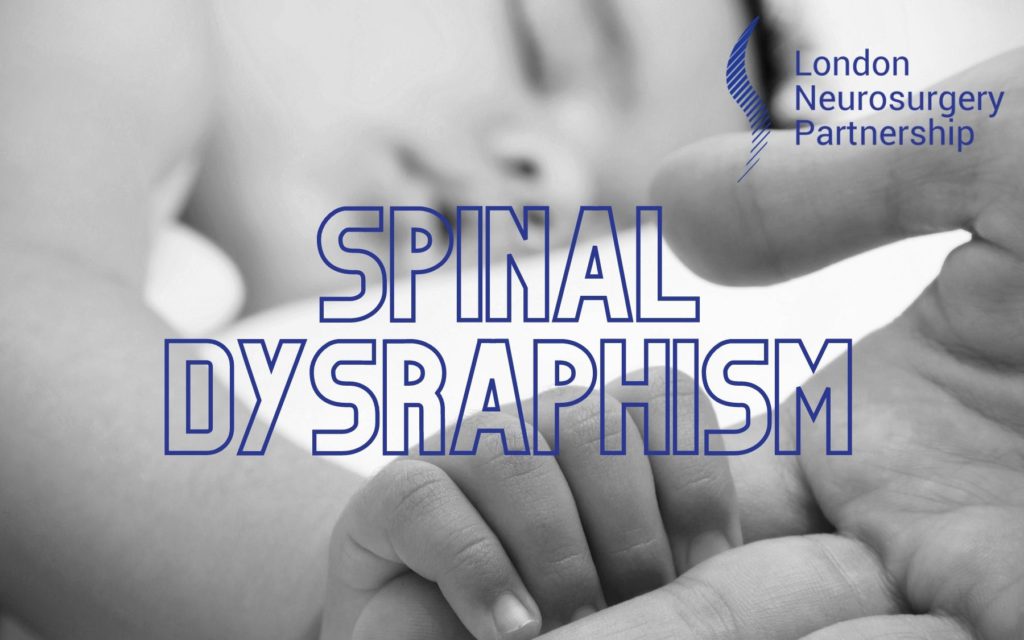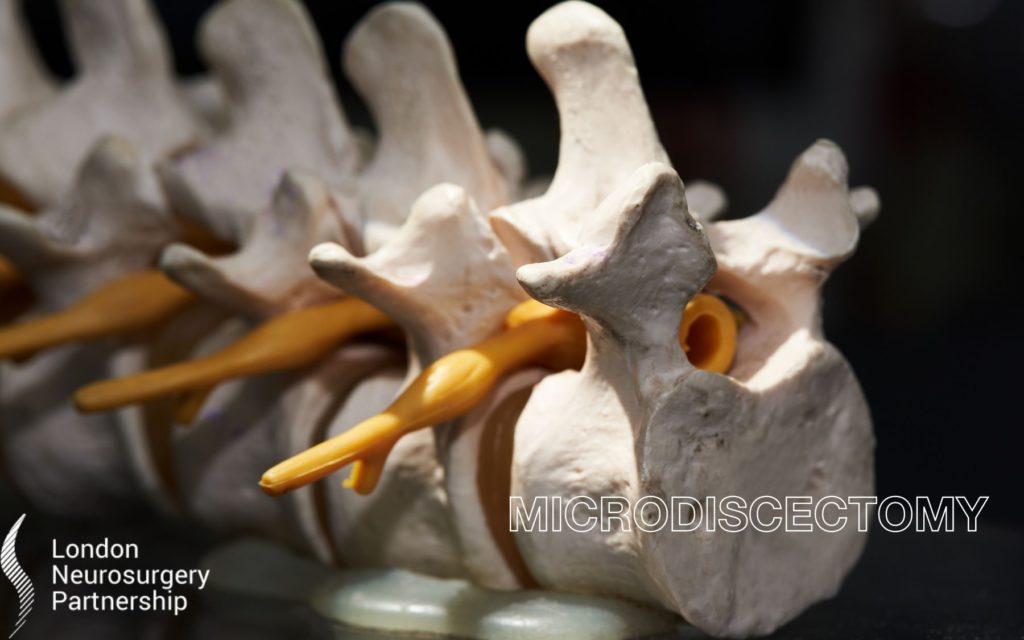
What is Failed Back Surgery Syndrome (FBSS)?
Failed back surgery syndrome or FBSS is a term that describes a condition of not having a successful result after back surgery and experiencing new or persistent pain. In other words, it is when the outcome of back surgery does not meet the pre-surgical expectations of the surgeon and patient, it does not necessarily mean there was a problem during surgery.
FBSS can present in different forms, for example; patients may feel better for a while after surgery, but as scar tissue builds in the spinal nerve roots they might experience pain in the weeks following surgery. Alternatively, they may feel that their symptoms never got better, or that they are worse than before.
What causes FBSS?
There are many reasons why back surgery has failed to work, even with the best surgeons and equipment available. Not every FBSS is caused by surgery, preoperative etiological factors to consider are:
- If the patient has had spinal surgery previously
- Psychological factors
- The patient’s social background
- If the patient was appropriately selected for surgery
Intraoperative etiological factors include:
- Poor technique (eg., misplaced screw)
- Incorrect level of surgery
- Inability to achieve the aim of surgery
Postoperative etiological factors include:
- Progressive disease
- Epidural fibrosis (scarring that occurs after back surgery)
- New spinal instability secondary to altered biomechanics
- Surgical complications (nerve injury, hematoma, infection)
- Myofascial pain development (during surgery, dissection and prolonged retraction of the paraspinal musculature can result in denervation and atrophy which can lead to postural changes).
All types of surgery carry an element of risk that it may not be successful. The list above highlights that many factors can interfere with the desired outcome of the surgery, and these will always be discussed in a patients consultation.
Failed back surgery syndrome
There are conservative and non-conservative treatments. Conservative methods include pharmacological approaches, physiotherapy and psychological therapy (CBT). Non-conservative treatments include surgical options (spinal cord stimulation, intrathecal analgesic delivery implant systems, revision surgery), epidural injections and percutaneous epidural adhesiolysis.
This article is intended to inform and give insight but not treat, diagnose or replace the advice of a doctor. Always seek medical advice with any questions regarding a medical condition.
Back to spinal conditions.





0 Comments